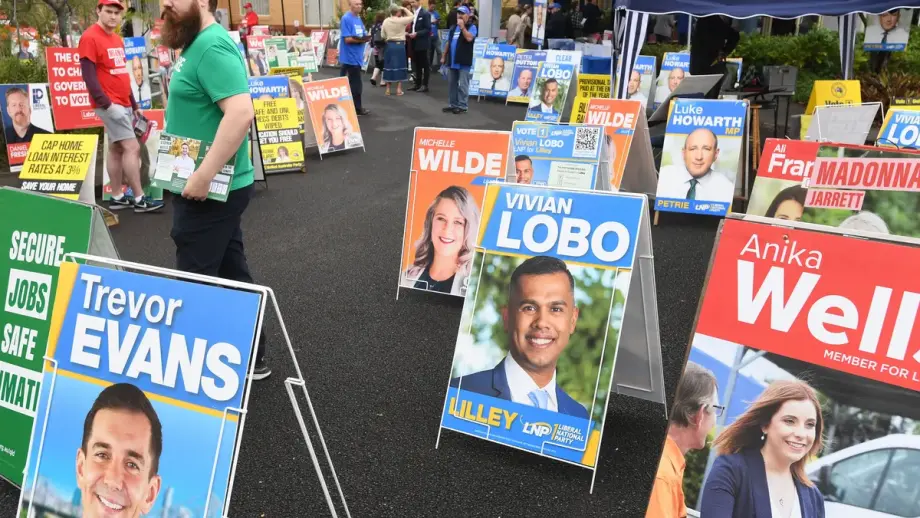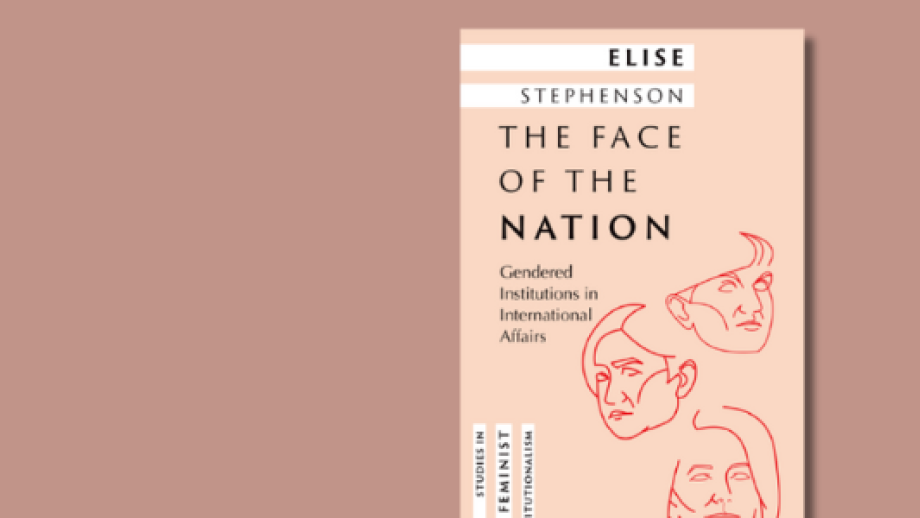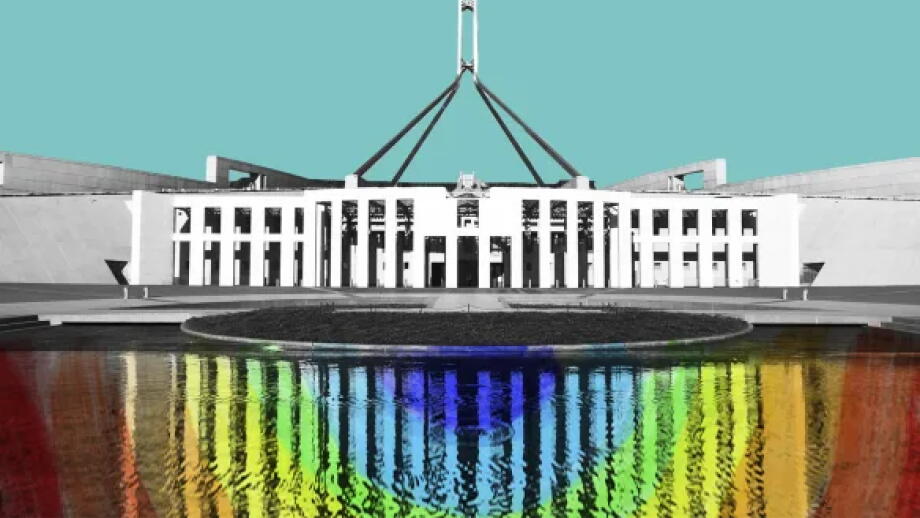In Short:
For the first time in history, women in Australian diplomacy have equal or near-equal representation in leadership whilst the institution they represent is shrinking — in funding, footprint and status. Even if simply a natural shift in policy priorities, this diplomatic ‘glass cliff’ has specifically gendered effects.
Overview
This article employs a combination of qualitative interview analysis as well as quantitative longitudinal data on gender representation and agency funding across four case agencies to argue that women are gaining positions of diplomatic leadership just as diplomacy’s relative power, influence and funding decreases.
It contributes to women’s leadership research in finding that women’s increased opportunities in leadership are therefore constrained by the declining status or shrinking nature of the institution to which they are gaining access.
Contact
Elise Stephenson
Deputy Director
Climate change, Intersectionality & identity, Politics & international affairs, The space sector, Youth engagement
You may also like
Glass cliff candidates in the 2022 election
Our analysis of the women candidates running in unwinnable seats in the 2022 federal election
The Face of the Nation
In her book, Dr Elise Stephenson traces the evolution of inequalities in international affairs and interrogates why women and gender diverse folk still remain underrepresented in this field.
Invisible while visible
In among the silencing and invisibility of their stories, queer women operate as critical leaders in international affairs. This research gains unique access to Australian lesbian, gay, bisexual,…




